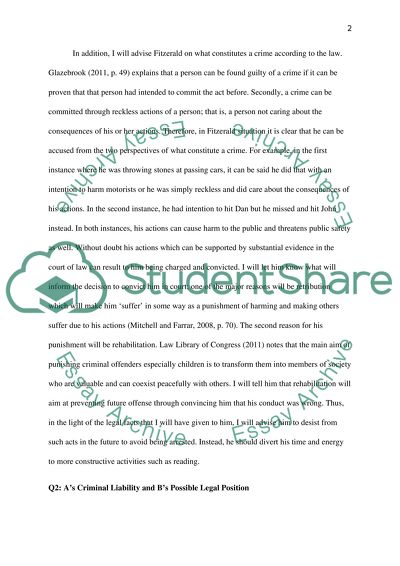Cite this document
(“Criminal Liability Coursework Example | Topics and Well Written Essays - 1500 words”, n.d.)
Retrieved from https://studentshare.org/law/1394654-criminal-liability
Retrieved from https://studentshare.org/law/1394654-criminal-liability
(Criminal Liability Coursework Example | Topics and Well Written Essays - 1500 Words)
https://studentshare.org/law/1394654-criminal-liability.
https://studentshare.org/law/1394654-criminal-liability.
“Criminal Liability Coursework Example | Topics and Well Written Essays - 1500 Words”, n.d. https://studentshare.org/law/1394654-criminal-liability.


